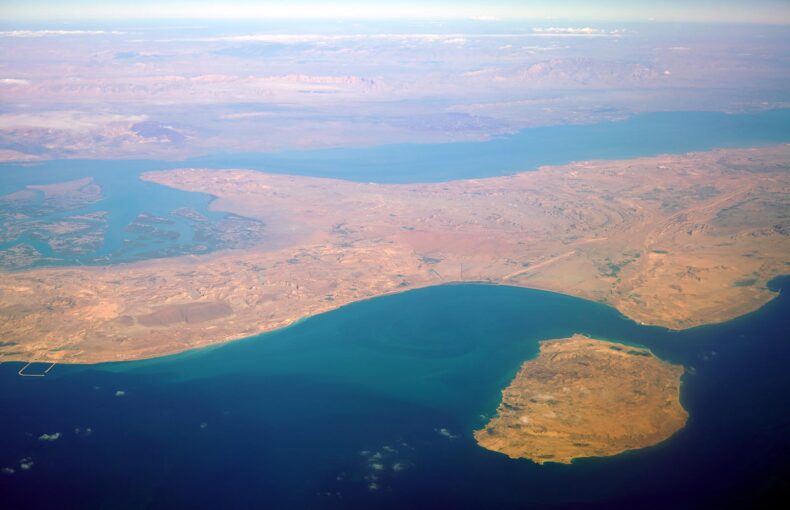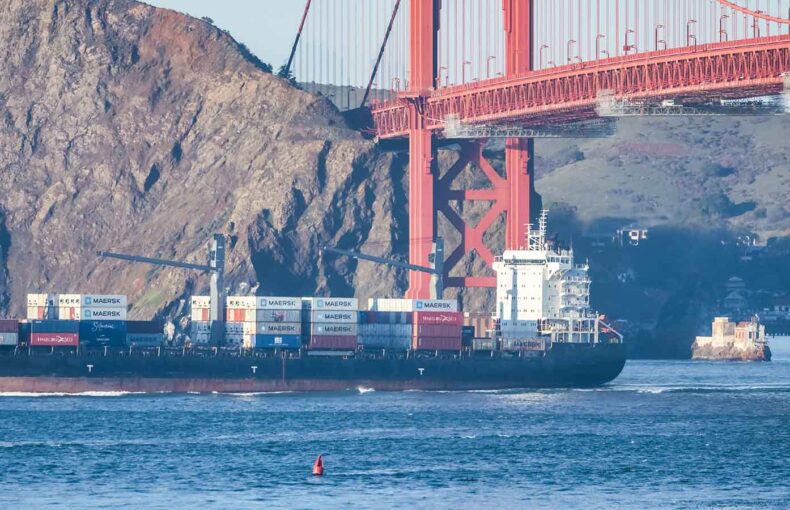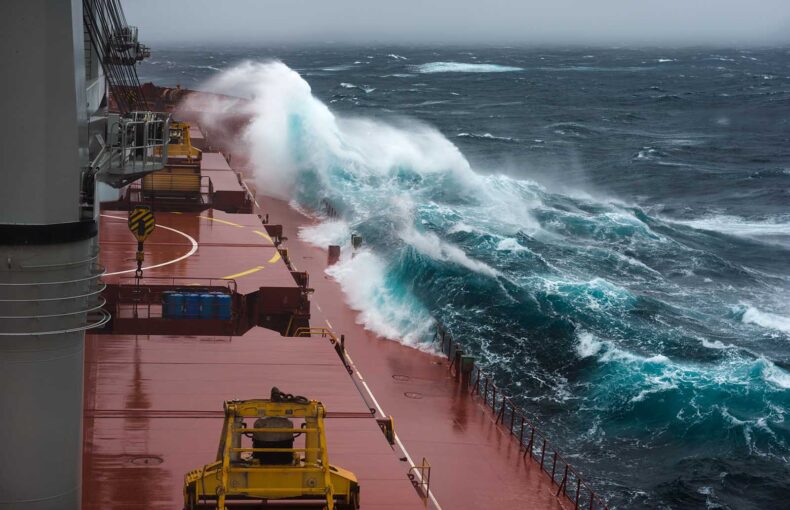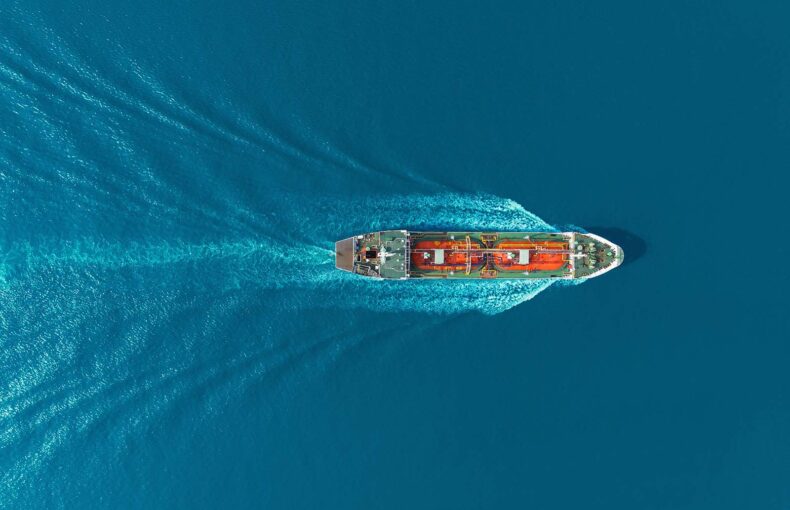Our top five maritime digital trends for 2021
Our top digital and data trends to reduce costs and create more value for customers in 2021
Green Shipping and Maritime Data Analytics were key topics at the Shipping 2030 Europe event in Copenhagen last year and they continue to be leading trends in Maritime today.
Even with the onset of the COVID-19 pandemic, which introduced a number of new protocols across the industry, sustainable practices and smarter data analytics remained a high focus for many maritime operations. The IMO endorsed COVID crew change protocols and sanitation requirements were implemented, both changing the flow of operations from loading to unloading cargo. Yet, the focus on digital transformation, maritime intelligence, and reducing carbon emissions remains strong.
Year after year, we are seeing predictive analytics from data mining to predictive modeling and machine learning gaining momentum. Analyzing historical and current Big Data allows maritime operators to predict factors that impact their day-to-day operations. With COVID protocols continually changing, output can be examined on a granular level, route by route, to determine best practices and save both time and costs.
The benefits of predictive models span improved decision making, optimized route planning, and increased energy efficiency. Fusing AIS data with curated datasets and designing machine learning algorithms to deliver next-generation maritime intelligence solves problems at every step of the value chain and is proving effective for organizations looking to fine tune their processes and implement data-driven strategies.
4 tips towards a more data-driven maritime industry
1. Know the problem you want to solve
This may seem obvious, but is still worth mentioning because finding answers with data fast and efficiently requires knowing your desired outcome. What information and the process you want to prioritize needs to be determined. Some examples of issues being solved with data include: supply chain optimization, security, trade, and vessel performance improvement.
2. Share/exchange data
If we want to build a digital maritime intelligence solution, we must look beyond AIS data and fuse different data sources together, then employ machine learning algorithms to adapt the delivery depending on the use case. As more disruptors are entering the maritime industry we are seeing an increase in partnerships and collaboration. At Spire Maritime, we are proud to have shared a number of case studies this year highlighting how innovative our customers are with our data.
3. Enabling actionable data
At Spire Maritime we recommend using APIs for data delivery because this enables simple application integration and a more efficient workflow. APIs allow you to skip the tedious step of processing and refining your data lake and easily add additional curated data for a full maritime picture. The easier it is to integrate the data, the faster it can become actionable and help you solve your customers’ problems.
4. Prevent a data swamp
This last point ties to the previous one, data dumps. In particular, AIS data can be susceptible to becoming a data swamp due to its cluttered and arguably inaccurate nature. Machine learning algorithms, like those in the Spire Sense Cloud API, are built to improve the quality, and therefore the value of data, over time. Another argument in favor of AIS data APIs.
Maritime Digital Transformation Trends
Let’s face it, digitalizing an industry as large as Maritime is a long process, which is why our top trends for 2021 are very similar to our 2020 line-up. However, the level of growth and development we have seen during 2020 driven by climate preserving regulations and COVID-19 is definitely noteworthy.
A 2020 survey by Lloyd’s List, Informa Engage asked maritime professionals what were the key drivers for adopting digital solutions; these were the top 3.
- Reducing operational costs, creating operational efficiencies
- Compliance with regulation and certification requirements
- Creating better value for customers
The following are our top 5 trends to watch in 2021 that will support these goals:
1.(CO2 reduction) Green Shipping is unavoidable
Decarbonization is a prominent trend in Maritime and initiatives, like IMO 2020, have definitely impacted the way maritime operations are run. New legislation by IMO (International Maritime Organisation) will be adopted in 2021 and enforced by 2023, puts reducing emissions on the top of the list of challenges to be tackled in 2021. Scrubber systems have been developed to treat exhaust from engines and climate considerations are now being integrated into lending decisions. In 2021 look for more organizations to create digital twins to study the best routes for fuel efficiency and port selection with emissions in mind as well as scheduling more frequent engine cleanings to control build up. Alternative fuels with lower emissions are still more costly than using bunker fuel, but refineries continue to develop new types of blended fuels and are conducting additional studies on these blended fuels and their impacts.
To reduce their carbon footprint now, Maritime organizations will use weather routing to reduce emissions and improve utilization of existing assets and retrofit existing vessels to reduce CO2 emissions. Spire Maritime is proud to provide advanced weather forecast variables and highly accurate wind data which is essential to developing weather routing engines.
2. Making data actionable
From vessel performance optimization, to carbon off-setting, we have seen so much innovation when it comes to making shipping greener and more transparent. This effort is further motivated by the ability to reduce fuel consumption and costs when using data to optimize vessel performance and voyages.
Data-driven vessel performance allows ship operators to save fuel and costs while reducing emissions. We are seeing an increased adoption in advanced weather forecasts delivered through API, leveraging specific variables such as wind speed/direction, currents and waves, along with vessel specifics to automate decision making and optimize performance.
3. More accurate weather forecasts in open-oceans
Collecting weather data over open oceans is a challenging task and the more data you collect, the more accurate your weather forecasts become. With maritime traffic growing and extreme weather events on the rise, weather data has quickly become a critical element for maritime businesses looking to streamline their operations and optimize planning.
Wind and wave data is crucial to maritime operators looking to save costs and improve operational efficiency and safety. Waves also push against vessels and create various ship movements which make travel less efficient. Waves can also cause damage to cargo by causing containers to slide around and, in extreme situations, can knock containers overboard.
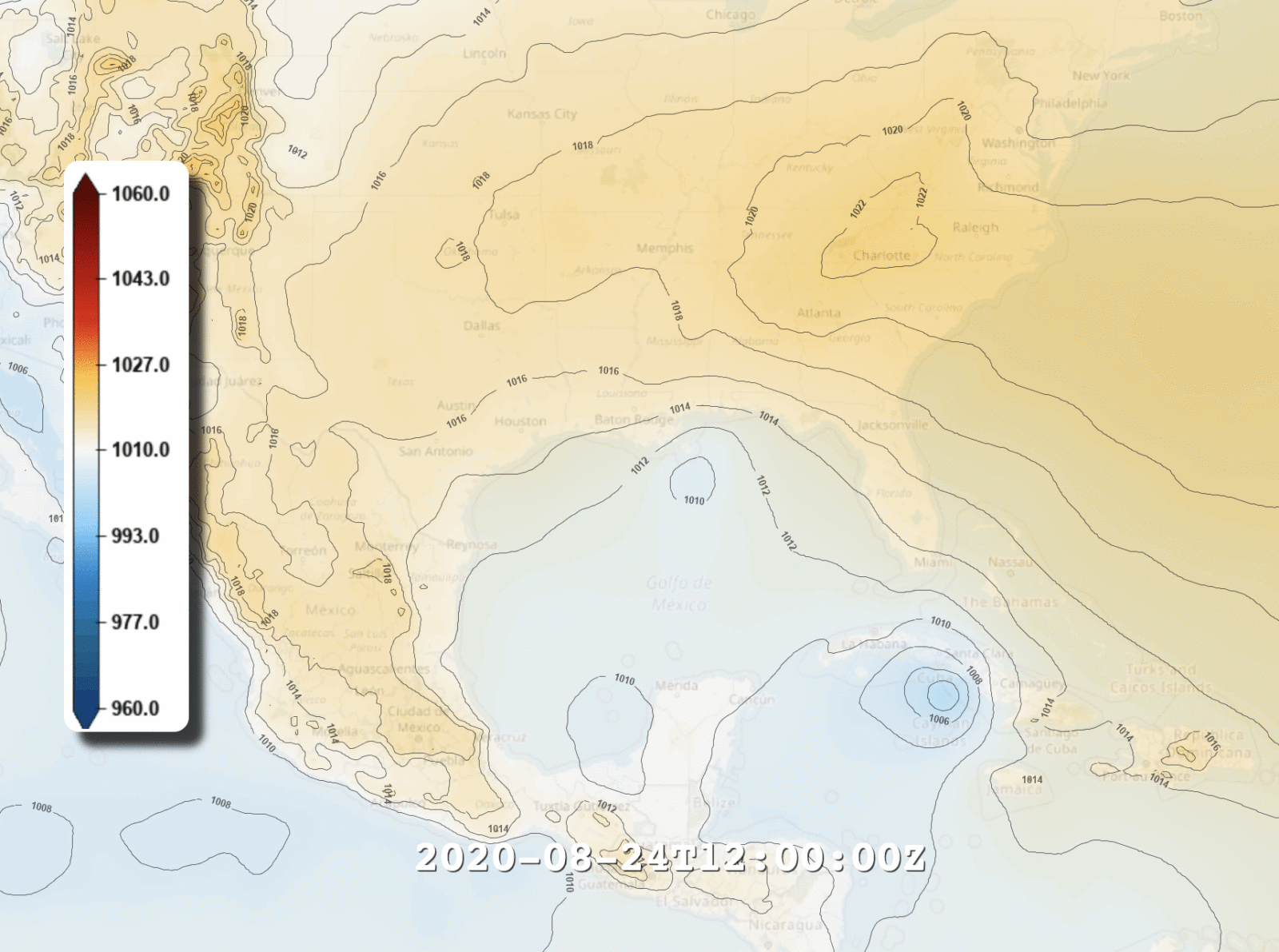
Tropical Storm Laura: Spire Weather Air pressure data visualized by WMS
Weather forecasting data can be used to apply small changes to direction and speed to optimize fuel usage and reduce emissions. Wave data has proven particularly useful to train machine learning models, Spire Maritime for Weather’s Maritime Wave Forecast, provides a specialized wave forecast with detailed wind and swell information.
Specialized weather data is becoming essential to track and optimize vessel and voyage performance. Wave variables can be combined with AIS data to build more accurate solutions because missing data points, like a ship or an inaccurate forecast, have a significant impact on cost.
4. Easier and faster delivery and customization
The third driver stated above ”creating better value for customers”, this is deeply imprinted in Spire Maritime’s DNA. Since day 1, our primary focus has been on ease of use, but as data becomes more voluminous and complex, the ability to deliver fast, accurate, and customized data becomes increasingly challenging.
All areas of the industry want data, however there are already evident differences in requirements between shipowners, charterers, and ship operators. Even though they all want data, everyone has their own use cases. As innovation increases, well-defined use cases are becoming more valuable. Data tools are most valuable when they can be easily accessed on a day-to-day basis so insights can be drawn quickly and acted upon.
Spire Maritime is migrating to GraphQL so our customers can quickly and easily build queries that return very specific answers. The system retrieves only the data a customer needs, further customizing the data Spire delivers.
5. Collaborative digital strategies
We are seeing a trend in consolidation amongst shipowners, collaboration and data partnerships among disruptors and a higher level of transparency within the sector. Cargill’s investment in ZeroNorth (Maersk spin-off) is one key example of two maritime giants collaborating to enable the data advantage and deliver actionable data. The recent news of S&P looking to buy IHS markit is another example of these incumbent alliances. Furthermore, renowned shipping companies like Oldendorff are developing data-driven strategies applying advanced predictive analytics and AI to common challenges like fuel consumption.
In that same Lloyd’s list survey they found that 34% responded they were unlikely to collaborate with a startup or scale-up in the next 12 months, which could mean more shipping companies are looking to develop data strategies in house or with their incumbent peers. We will be watching out to see how these data and digital strategies develop in the next 12 months.
Could maritime digitalization be accelerating after a challenging 2020?
As 2020 closes, Spire Maritime remains committed to a customer-first approach and will continue to create data solutions around fuel optimization, vessel performance monitoring and analysis, and emissions compliance. Our migration to GraphQL will have a big impact on our customer’s ability to customize solutions for their use cases and we are excited to offer a variety of tutorials for more widespread use of our weather forecast solutions.
2020 delivered a pandemic and a record-breaking storm year and we saw Maritime operations contribute to maintaining vital supply chains, focus on decarbonization, and continue to embrace the benefits of data-driven decision making.
How do you see 2021 shaping up? What trends do you see making headlines next year? Share your top trends with us on Linkedin.
 Written by
Written by